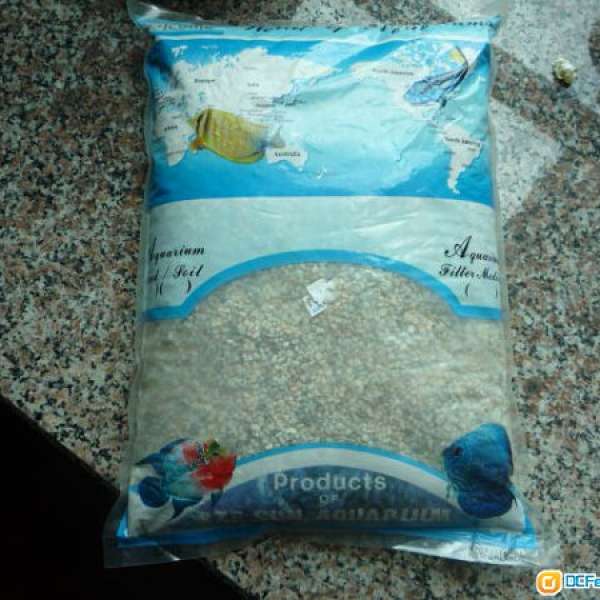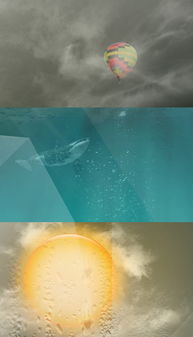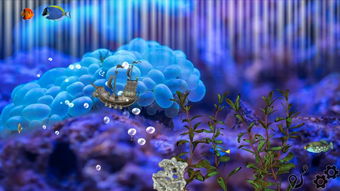Aquarium Sand vs Gravel: A Comprehensive Guide
When setting up an aquarium, one of the most crucial decisions you’ll make is choosing the right substrate. Aquarium sand and gravel are two popular options, each with its unique characteristics and benefits. In this article, we’ll delve into the details of both to help you make an informed decision for your aquatic habitat.
Appearance and Texture

One of the first things you’ll notice about aquarium sand and gravel is their appearance and texture. Aquarium sand typically ranges in color from white to tan, while gravel comes in a wider variety of colors, including black, white, red, and blue. When it comes to texture, sand is usually finer and more uniform, while gravel has a more varied texture, with some grains being larger and more rounded.
| Feature | Aquarium Sand | Aquarium Gravel |
|---|---|---|
| Color | White to tan | Wide variety of colors |
| Texture | Finer, more uniform | More varied, with some grains larger and more rounded |
Water Quality and Filtration

Both aquarium sand and gravel play a role in maintaining water quality and facilitating filtration. Gravel has a larger surface area, which can help trap debris and provide a habitat for beneficial bacteria. This can lead to better water quality and a healthier aquarium environment. However, sand can also be effective at trapping debris, and some types of sand are specifically designed to promote beneficial bacterial growth.
It’s important to note that the size of the substrate particles can impact water quality. Larger particles, such as those found in gravel, can create more space for beneficial bacteria to thrive. On the other hand, finer particles, like those in sand, can be more susceptible to clogging filters and pumps. Ultimately, the choice between sand and gravel will depend on your specific aquarium setup and water quality goals.
Health and Behavior of Aquatic Life

The type of substrate you choose can also affect the health and behavior of your aquatic inhabitants. Some fish and invertebrates may prefer the texture and stability of gravel, while others may be more comfortable in the softer, more malleable surface of sand. Additionally, certain species may require specific substrate types to thrive, such as sand-dwelling species that need a fine substrate to burrow and hide.
It’s also important to consider the potential for substrate-related health issues. For example, some fish may be prone to developing swim bladder problems if they ingest too much substrate. Choosing a substrate that is easy to clean and maintain can help minimize the risk of such issues.
Cost and Availability
The cost and availability of aquarium sand and gravel can vary significantly. Gravel is generally more expensive than sand due to its wider variety of colors and textures. However, both options are widely available at most pet stores and online retailers. It’s important to compare prices and quality when selecting a substrate for your aquarium.
When considering cost, it’s also essential to factor in the long-term maintenance costs. While gravel may be more expensive upfront, its larger particle size can make it easier to clean and maintain, potentially reducing long-term costs. Conversely, sand may be more affordable but may require more frequent cleaning and maintenance.
Conclusion
In conclusion, both aquarium sand and gravel have their unique advantages and disadvantages. The best choice for your aquarium will depend on your specific needs, preferences, and the requirements of your aquatic inhabitants. By considering factors such as appearance, water quality, health, and cost, you can make an informed decision that will help create a thriving and beautiful aquatic habitat.














